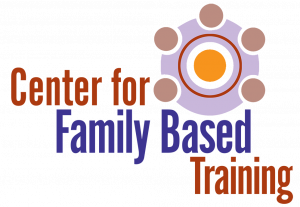Genograms have a long and rich history in family therapy practice, both as an assessment tool and as a tool for reframing problems and their solutions as relational. In this course, Dr. Browning introduces the basic three generation genogram which identifies in pictorial form members of the larger family system and the pivotal events shaping the life of the family and integrates it with a structural map. A detailed symbol legend for describing the qualitative interactional dimension of relationships between different family subsystems is introduced and demonstrated, as is a method for quantifying the genogram. Together, the webinars in this course show how the interactional/relational genogram can be used to construct a systemic case conceptualization that focuses systemic intervention.
2.0 CE Hours
- Teacher: Scott Browning, PhD, ABPP
Timelines, like genograms, can be useful both in assessment and in creating a relational frame for intervention. As an assessment, the timeline places presenting symptoms in a historical context. The timeline interview, when conducted with the entire family and critical life events of all family members are asked about, the timeline places presenting symptoms in a relational context. Using excerpts from a videotaped family session, this course demonstrates how to conduct a relational timeline, highlighting how it can used as therapeutic tool for shifting the family's perspective from a behavioral to a relational or systemic perspective.
1 CE Hours
- Teacher: C. Wayne Jones, PhD
In ESFT, treatment is guided by an assessment of how the NIP and the family's relational structure maintains or exacerbates the child's presenting problems. This course focuses on family structure. Family structure, a concept introduced more than 50 years ago by Salvador Minuchin, provides a framework for describing how a family organizes its relationships to meet the basic functions of being a family. This course describes family relationships along the three primary structural dimensions of family organization: subsystem boundaries, hierarchy and power, and closeness distance. Excerpts from two films are shown and discussed to help participants sharpen observations of family interactions, translate these observations into a structural family map, and demonstrate how family structure shapes treatment.
2 Hours CE
- Teacher: C. Wayne Jones, PhD
